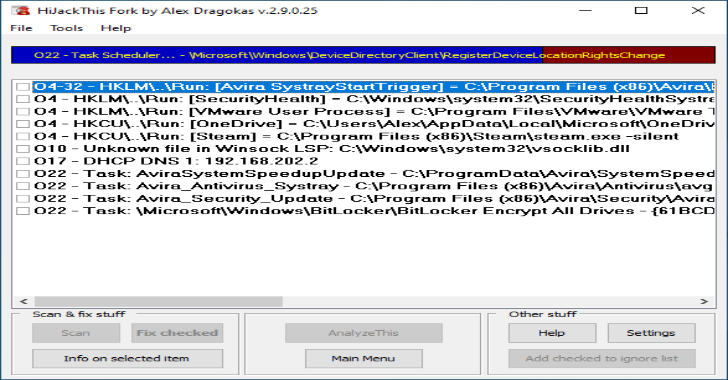CodeCat is an open-source tool to help you find/track user input sinks and security bugs using static code analysis. These points follow regex rules. Current rules for C,C++,GO, Python, javascript, Swift, PHP, Ruby, ASP, Kotlin, Dart and Java.(you can create your rules).
How too install, step by step
Go to CodeCat directory, install backend and frontend libs:
$ apt install python3-venv python3-dev libffi-dev rustc libssl-dev
$ python3 -m venv .venv
$ . .venv/bin/activate
$ pip install wheel
$ pip install -r Frontend/requirements.txt
$ pip install -r Backend/requirements.txt
Run backend and frontend
$ cd Codecat
$ cd Frontend; python3 wsgi.py &
$ cd ..
$ cd Backend; python3 wsgi.py &
Next step you need save your user to login:
$ curl -i -X POST -H “Content-Type: application/json” -d ‘{“email”:”admin2@test.com”,”username”:”admin”,”password”:”rubrik123″}’ https://127.0.0.1:50001/api/users -k
These endpoint /API/users run only once in the first deployment. If you try to send a request again to insert a user, the endpoint return 404 is security to block resources of possible attacks.
Go to the following “https://127.0.0.1:50093/front/auth/”. Now you can enter this system-auth, use login “admin”, pass “rubrik123”.
Note About TLS: You can configure and load your TLS cert in “wsgi.py”.
Production
Suppose you need to run in production. So I recommend another way.
$ gunicorn -b 127.0.0.1:50001 wsgi:app
If you want, you can use TLS with CERT resources:
$ gunicorn –certfile=server.crt –keyfile=server.key -b 127.0.0.1:50001 wsgi:app
The same command to frontend, but you need to use port 50093.
















